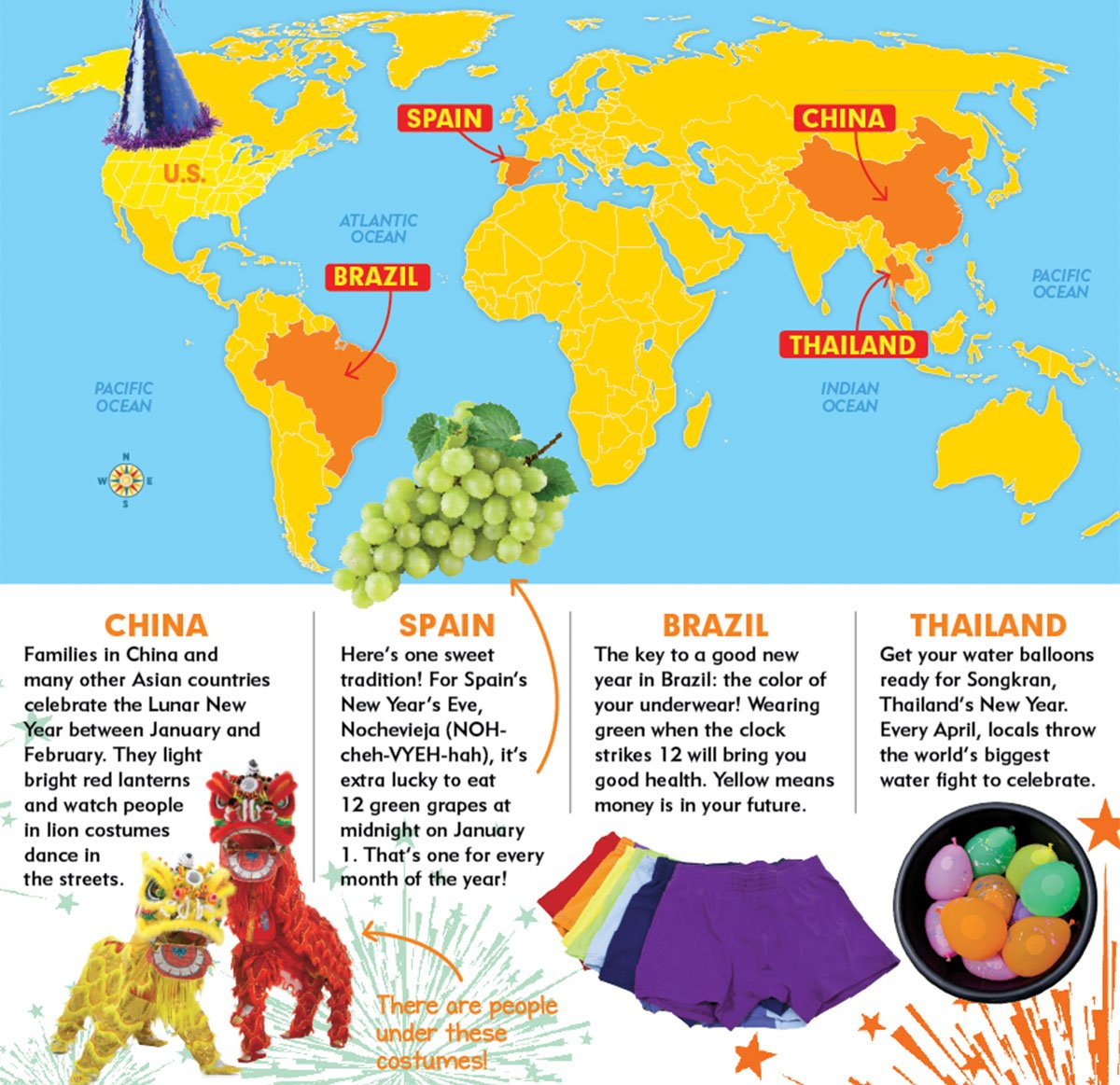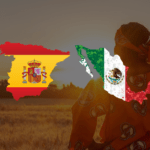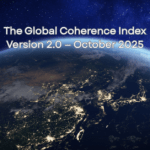As the calendar flips to a new year, millions worldwide partake in the age-old tradition of making New Year’s resolutions. From a constructivist perspective in international relations, this phenomenon is not just a cultural practice but also a way we get some insight into seemingly modern global traditions. This post explores the history of New Year’s resolutions and how they became a part of our global culture today.
The Roots of New Year’s Resolutions
Though it appears like a new trend every December, New Year’s resolutions actually date back over 4,000 years to ancient Babylon (Pruitt, 2023). Babylonians made promises to their gods at the start of each year, a tradition later adopted by the Romans. Interestingly, these early resolutions were more about moral obligations, such as returning borrowed objects or paying debts, rather than today’s focus on self-improvement.
Constructivist View on the Globalization of New Year’s Resolutions
Constructivism in international relations emphasizes the role of social identity, norms, constructs and shared ideas in shaping global interactions. The worldwide modernization of New Year’s resolutions shows this, as the tradition transcends borders, adapting to diverse cultural contexts. It’s an example of how shared practices can make a global community, despite different local customs.

In modern times, New Year’s resolutions have evolved to reflect personal goals and aspirations, influenced by globalized media and international trends.
New Year’s resolutions are a unique tradition that brings people together across the world. Despite our different cultures and ways of celebrating, many of us make resolutions at the start of each year. This common practice shows how people everywhere, no matter their background, share a desire to improve themselves and start afresh.
How Resolutions Connect Us Globally
From the viewpoint of constructivism, New Year’s resolutions are more than just personal goals. They are a global habit that ties us together. As we all make plans to better ourselves each year, we’re taking part in a worldwide ritual that goes beyond local traditions.
Thanks to the internet and social media, the idea of making resolutions has spread far and wide. People from different parts of the world share their goals and stories online, making New Year’s resolutions a shared experience that connects us all. This global sharing shows how the world community values growth and new beginnings.
In short, New Year’s resolutions show how people in diverse corners of the world can share common hopes and dreams. This tradition has become a way for us to connect with each other and be part of a bigger global community. It’s a simple yet powerful example of how we are more alike than we might think.
Conclusion: Resolutions as a Reflection of Global Unity
New Year’s resolutions, in their essence, are more than individual commitments: They embody the constructivist idea that global traditions and social constructs can unite us across cultural and national boundaries. As we embrace our resolutions, we participate in a global tradition that celebrates new beginnings and shared human aspirations.


References
- Pruitt, S. (2023, 19 diciembre). The history of New Year’s resolutions. HISTORY. https://www.history.com/news/the-history-of-new-years-resolutions
- New Year’s around the world. (s. f.). Action. https://action.scholastic.com/issues/2019-20/120119/new-years-around-the-world.html
- Fleck, A. (2023, 22 diciembre). America’s top New Year’s resolutions for 2024. Statista Daily Data. https://www.statista.com/chart/29019/most-common-new-years-resolutions-us/









No responses yet